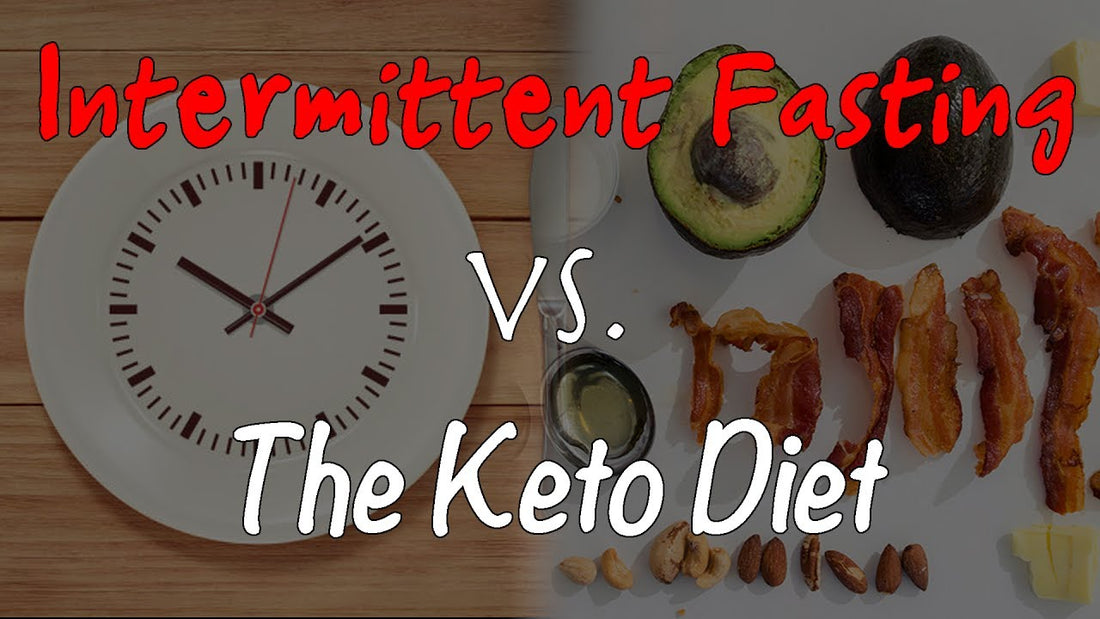A couple of weeks ago, I met up with a long time friend whom I haven’t seen for months to celebrate his birthday. When I last saw him, he seemed like he was carrying the weight of the world on his shoulders. He was going through a lot and has resorted to stress eating, and sadly, alcohol. Thus, his body was taking a serious beating.
Fast forward to two weeks ago. I could barely believe my eyes when I saw him! He lost the weight, his skin was glowing, and he looked genuinely happy. I asked him what his secret is. He said two things: Zumba and intermittent fasting. I had two reactions: laugh out loud and genuine curiosity - laugh out loud because never in my wildest dreams did I think he would ever do Zumba and genuine curiosity because a lot of people are doing intermittent fasting and encouraging me to do the same.
Of course, you guys know I am not one to join the “bandwagon”, so to speak. I did ask my friend how intermittent fasting has been working out for him, the changes he has noticed, and the struggles. My friend willingly shared what he knows, but encouraged me to do my own research.
When I got home, I was so inspired by his turnaround that I immediately turned on my laptop and got to work.
What Is Intermittent Fasting?
Intermittent fasting is basically an eating pattern. It is also known as cyclic fasting because you cycle between your eating window and fasting. I think what people like best about intermittent fasting is that it does not tell you what you can or cannot eat, but rather when you can or cannot eat.
Intermittent fasting is actually a catch-all phrase for eating and not eating intermittently. With all the research I did, I have come to realize that almost all of the fasting methods people do now stem from intermittent fasting. The typical intermittent fast times range from 14 to 18 hours.
As you know, most people already fast every day whenever they are asleep. That’s why our first meal of the day is called “breakfast”; it means to break fast. So, if you sleep for 8 hours, you have to hold out on food for another 6 to 10 hours, depending on how many hours you wish to fast. This means that you skip breakfast and have your first meal at noon.
For example, you want your first meal to be at 12 noon. By 8 p.m., you should be done eating already. From 8 p.m. to 12 noon the following day, you will be fasting. That’s 16 hours of fasting and 8 hours of eating window. This method is called 16/8 and it is the most popular intermittent fasting method. You can adjust the hours of your fasting hours and eating window as long as they follow the 16/8 rule.
Another method of intermittent fasting is alternate fasting. This is how it works: let’s say your normal caloric intake in a day is 2,000 calories. When you are alternate fasting, you will only be allowed 25% of your normal caloric intake which is 500 calories during your fasting days. But then, you can eat to your heart’s content during non-fasting days.
What Is the Keto Diet?
If you follow the blog closely, you would know that the ketogenic or keto diet has been the central topic of our blog series.
If intermittent fasting is an eating pattern, the ketogenic or keto diet is a way of eating. The diet is very low-carb and high-fat. Our body has two sources of energy, namely sugar and fat. If you are on the keto diet, your goal is to completely get rid of the sugar and burn fat for energy. The fat will be converted in the liver into energy called ketones. Once the body runs completely on ketones, ketosis has been reached.
What to Do: Intermittent Fasting or Keto Diet?

Now comes the question: What should we do, intermittent fasting or the keto diet? I would say, “Why not do both?”
See, intermittent fasting and keto diet both have the same goal: ketosis. Intermittent fasting can help you reach ketosis because it helps your body get rid of glycogen stores. Once the glycogen stores are out, the body turns to fat stores to be released into the bloodstream. Then they enter the liver to be converted into energy we call ketones.
If you follow it with the ketogenic or keto diet, which is very low-carb and high in fat, then your body will not have a hard time getting rid of the carb or sugar and just keep on burning fat, therefore helping you reach ketosis much faster.
I have been doing intermittent fasting and ketosis simultaneously and I cannot wait to see the positive results! If you have been doing this, feel free to share your experience with me!

